An Ethical Approach to an Ethical Dilemma
Throughout history, philosophers and scientists have pondered whether human nature is naturally “good.” Rousseau argued we possess the natural inclination to help others, Hobbes that we are inherently selfish. In 2012, work by Harvard and Yale researchers proposed that no, we are not naturally “evil.” However, they also discovered that good is more likely to occur when there is an incentive.
Huh.
Regardless of whether human nature is “good” or “evil,” studies do show that we, the consumers, want corporations to care- and invest- deeply in social issues. It is no longer enough in our minds for a company to simply throw cash at an organization, rather they must integrate involvement into their regular routine. Enter “corporate social responsibility,” or CSR. But this increased consideration for social good hasn’t just hit corporations like Nike and Starbucks; rather, businesses of all sizes (maybe even including your own) have begun to market themselves as socially responsible.
With the growth of CSR comes increased public scrutiny, requiring companies to live up to public standards- which isn’t a bad thing. It does mean, however, that companies are more likely to face ethical dilemmas along the way.
But don’t panic just yet! There are four steps that can help you tackle such problems head on.
So sit down, take a deep breath, and follow along while we talk ethical dilemmas in the work place. And don’t forget to print out the included infographic- it is perfect for posting above your work station as a reference.
This post is based on Introduction to Strategic Public Relations by Janis Page and Lawrence Parnell.
Step 1: Define the Issue
Before you can begin identifying solutions to the dilemma at hand, establish what actually is wrong. What really happened? Sometimes this is completely different from your initial perceptions.
Remember that Kendell Jenner Pepsi ad? In 2017, Pepsi released a commercial starring Kendell Jenner. Shortly after its release, the ad generated widespread backlash from those who saw it as trivializing the Black Lives Matter movement, particularly in regard to police violence.
The first step when defining the issue is to list the facts: what do we know concretely? Examples: The ad depicts a wall of police. Characters in the commercial cheer and smile as they walk down the street toward the officers. At the end, Jenner hands a police officer a Pepsi, resulting in more cheers and smiles all around.
Next, you have to go a step further and think about what led this to happen in the first place. Were external opinions taken into consideration? Consider any and all economic, political, social, external, and interpersonal factors. Then you are ready to move onto the next step.
Step 2: Identify Stakeholders
After the Pepsi commercial aired, the company’s image received its lowest consumer ratings in 8 years. As they are Pepsi’s target audience and source of profit, consumers are incredibly important stakeholders for Pepsi, meaning these low ratings were necessary for the company to take into consideration as they moved forward.
Whenever you are dealing with an ethical dilemma, it is absolutely critical to consider all stakeholders, both internal and external. Try to determine their current state of mind. Maybe you can piece this together from their reactions, or maybe you have to set up interviews or focus groups. This will help you determine who you have to address to fix the dilemma at hand.
Step 3: Define and Evaluate Options:
Now that you have determined stakeholder points of view, determine how potential action steps may impact them further. What are the benefits and harms for each of the respective stakeholder groups? Again, this is where those interviews and case studies come in handy. Furthermore, consider whether your relationships with these stakeholders carry any explicit or implicit rights. If so, these are important to address.
In addition to thinking through potential outcomes, think about the duties that come with your position. Is there any path you would expect someone in your position to take?
Step 4: Make and Justify a Decision:
Now that you have worked through all of the above, it is time to select the best path.
After the public’s outrage, Pepsi released the following statement:
“Pepsi was trying to project a global message of unity, peace and understanding. Clearly, we missed the mark and apologize. We did not intend to make light of any serious issue. We are pulling the content and halting any further rollout.”
Not only did Pepsi respond to the feedback from their stakeholders, admitting their fault and pulling the content, but they also invoked their mission statement’s promise of “investing in our people, our company and the communities where we operate.”
Furthermore, by cancelling the campaign, Pepsi stopped inflicting damage upon both their own brand and their stakeholders. While they couldn’t simply reverse the harm, they apologized and worked to rebuild their reputation. In fact, in an extremely uncommon turn, Pepsi’s perception level returned to where it was in just nine months.
Another great perspective to consider before finalizing any decision is to pitch the solution to a person you know would take a completely different route. If you can explain to them your idea, why you think this is the best route to take, and get them on your side (or at least unopposed), then you are ready.
Once you have walked through all of these steps- which will take some time- take care when (or if) you release the outcome. Ethical dilemmas can be incredibly difficult to overcome, but if you follow the above four steps while remaining thoughtful and patient, your task will be a little more graspable.
For more on CSR and addressing Ethical Dilemmas, check out SAGE Publishing’s new book Introduction to Strategic Public Relations: Digital, Global, and Socially Responsible Communication.
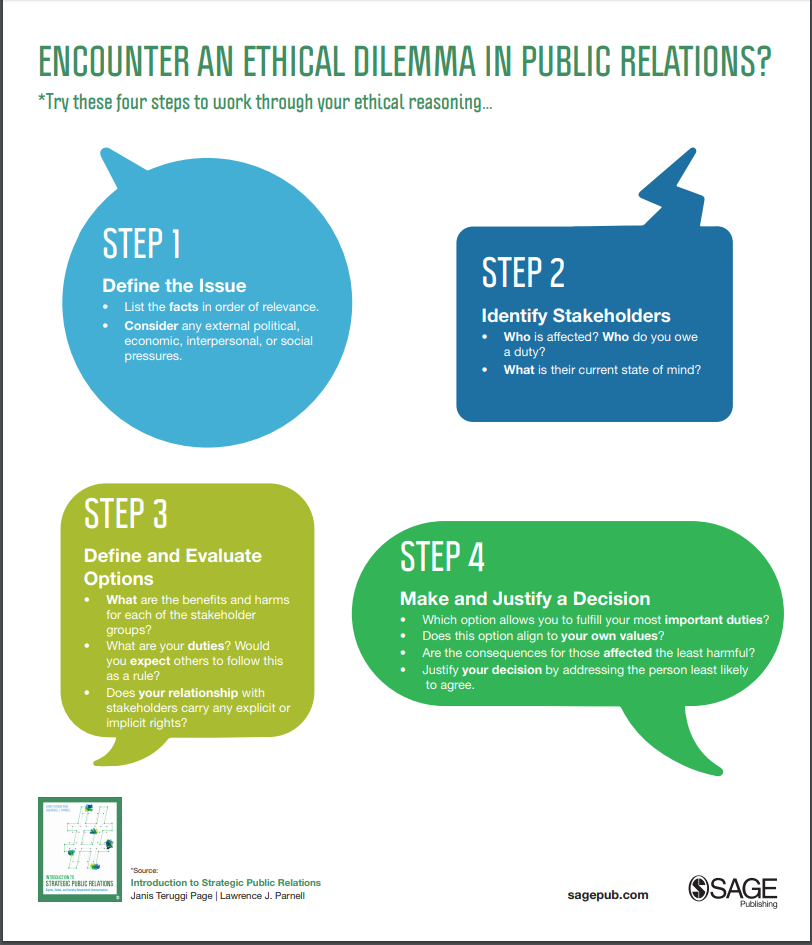
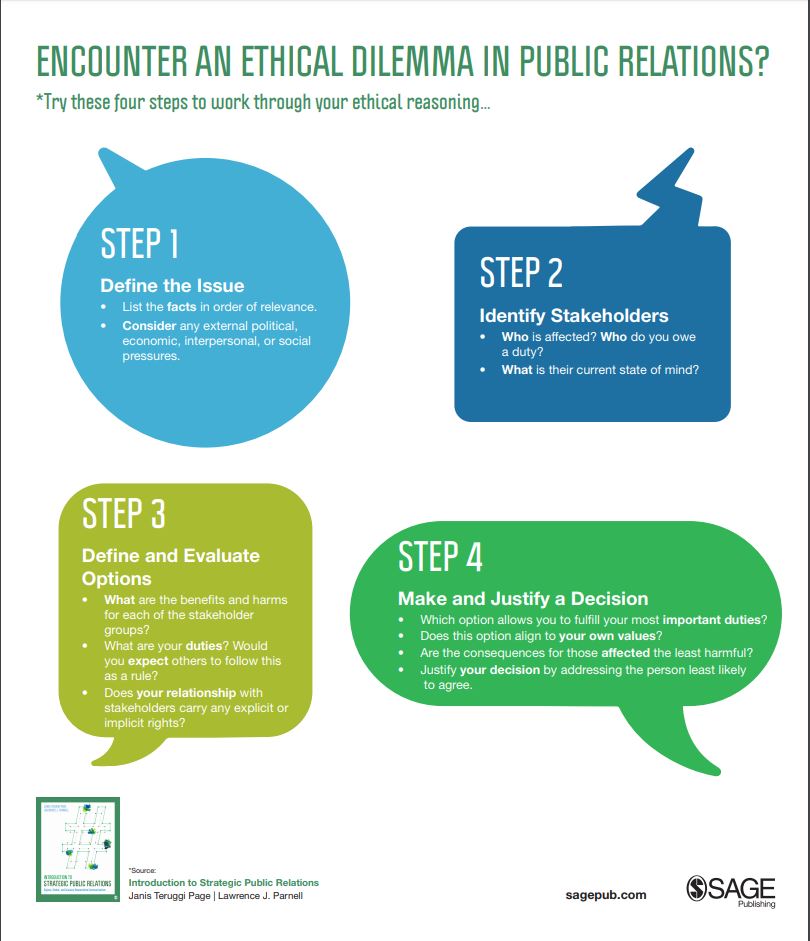


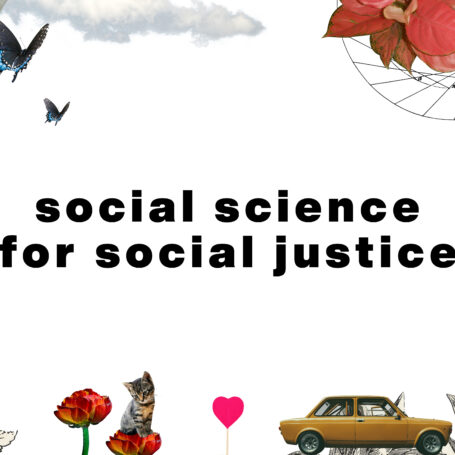

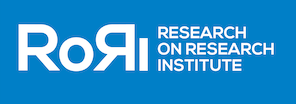
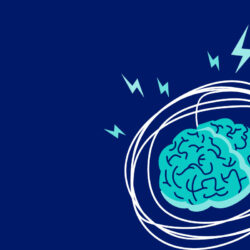




















































































hello. Can you please elobrate more on the second line which explains the philosophical explanation of human nature by Hobbes and Rousseau.
Hi there! When it came to human nature, Hobbes and Rousseau were famous for their differing views. Hobbes believed that the natural state of humans was brutish. He believed that civilization’s duty was to step in and correct this primal state. Rousseau on the other hand thought the opposite. He believed that humans were inherently good, but it was civilization’s fault that we acted poorly. This century long debate is an interesting one to consider, especially when discussing our motivations.